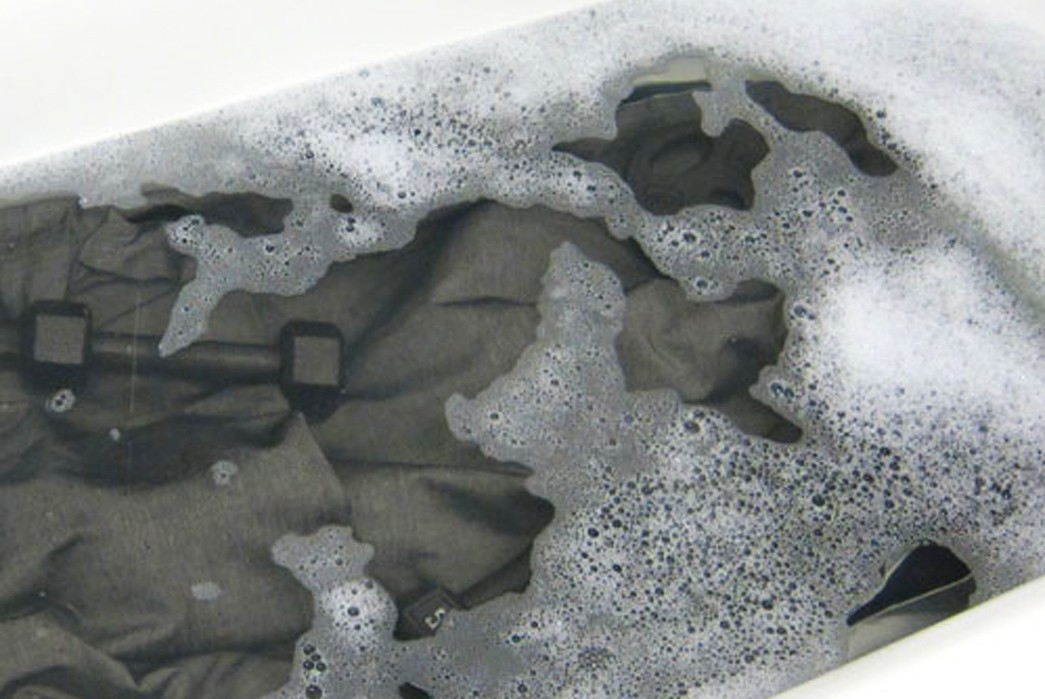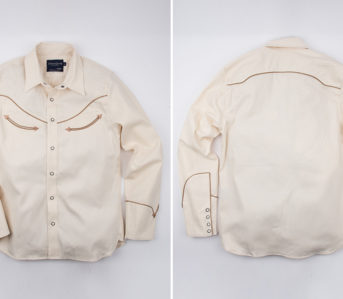A gallon of gas and a head of lettuce may both cost $2.50 but their true cost to the environment are very very different. The $2.50 gas doesn’t include the cost of the health problems that come from the pollution of burning it, the livable and farmable areas lost to sea levels rising by a micrometer, or the fracking fluid buried back in the earth to extract it.
Our economic system is unable to capture the environmental impact of our purchases, so how do we quantify it in a way that actually makes sense on a product level?
I bought one of those toilet seat bidets a couple years ago (not the fancy washlet kind, gotta keep striving). It’s awesome, I love it, everyone should have one, but I’ve also used significantly less toilet paper ever since. I wanted to calculate the point where my reduced TP consumption “breaks even” with the environmental cost of producing the plastic bidet that replaced it.
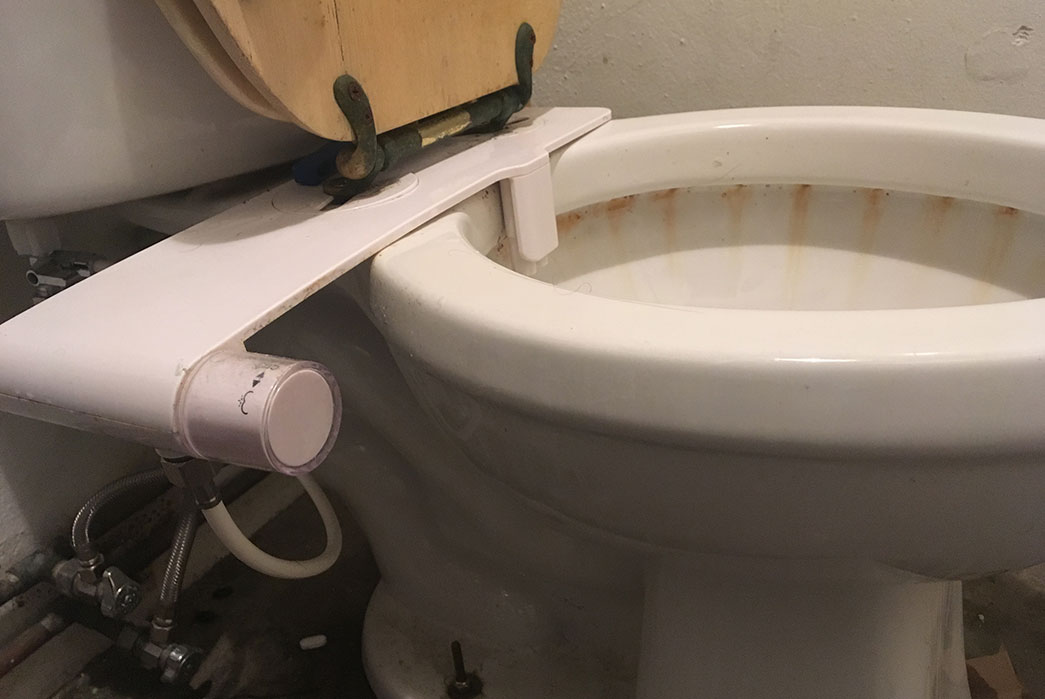
There’s iron in the water here, I promise.
The only metric that seems to be documented well enough for actual comparison is gallons of water. Virtually every physical good requires some amount of water to produce and the UNESCO Institute for Water Education released a report in 2005 documenting the amount it takes for a variety of consumer goods. A car can be up to 22,000, a smart phone a little over 3,000, and a pair of jeans around 2,000.
Apparently it takes 22 gallons of water to make a pound of plastic but 37 gallons to produce one roll of toilet paper, so I’m already way ahead on operation bidet! Scientific American estimates that the U.S. alone would save 15 million trees annually if we all switched to the spray.
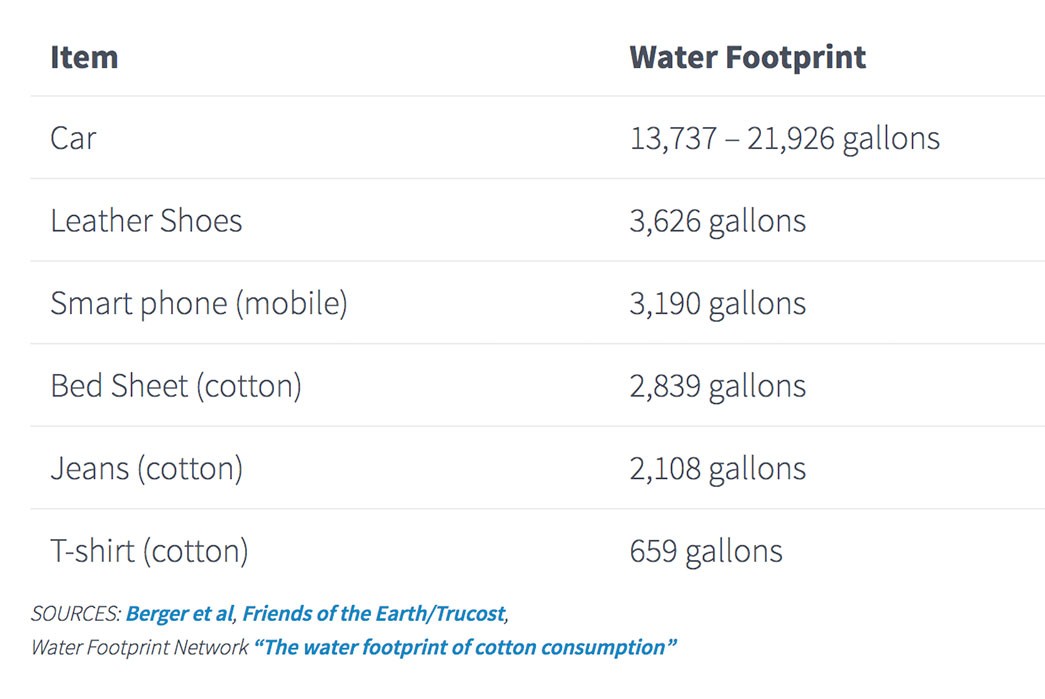
This approach ignores the human cost of production, potential polluting, and many other factors so it’s a fairly myopic and un-nuanced approach to the problem, but it does give a new dimension to the single cost metric we currently have, monetary price.
It’s also why buying something that’s “environmentally friendly” can often be way more environmentally destructive than buying used or just making due with what you already have. When you buy new, that information and money will likely make it back to the manufacturer, causing them to make another. Buying used short-circuits that cycle and makes it much more likely an otherwise unwanted item will reach its full utility potential before ending up in a landfill.
A new hybrid car might be twice as fuel efficient, but it would take decades for the resource savings on gas to outweigh the resource impact of all the plastic, aluminum, and lithium it took to produce. I’d encourage you to consider these expenses rather than just those of consumables like gas or toilet paper that are often ancillary to the environmental cost of the thing itself.
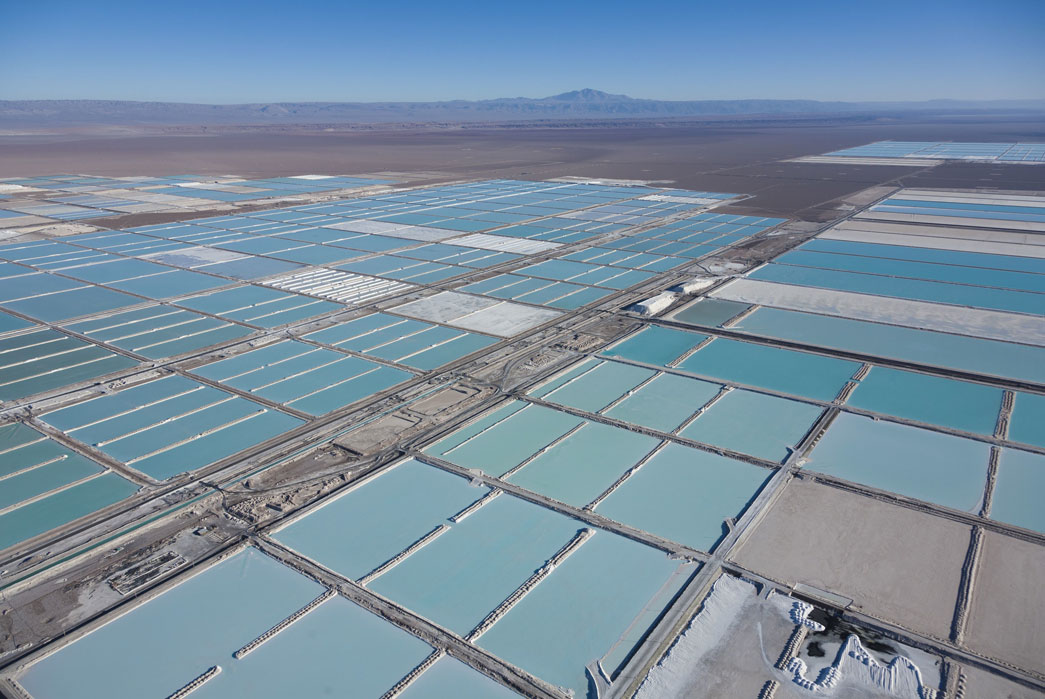
Evaporation pools around one of the Chile’s largest lithium mines, the new resource that’s providing batteries for electric cars. Image via New Mobility.
This is one of the many reasons why our log line is “own things you want to use forever.” Our mindset is you should only take the plunge with a new product if you’re ready to go the distance to the end of its life cycle, maximizing its use and minimizing the impact you would’ve had on the environment with other items in its place.
However, it’s important to remember that the need for such stringent personal action is almost entirely due to the failures of governments that should be forward thinking enough to create policy incentives, taxes, and regulations that curb environmental exhaustion on a global scale. For all of any individual’s effort, just 100 companies are responsible for 71% of all global emissions pollution. When business is only measuring success purely quarter to quarter, it’s impossible to plan for the long term.
Until that time, have a look at your Water Impact to consider how shopping habits affect far more than just our bank account, also check out our guide on ways to save money and help the environment.
And get a bidet, trust me, they’re great.

